
What is EO used for?
Watch Earth observation refers to the collection of information about our planet’s physical, chemical, and biological systems using various technologies, such as satellites, aircraft, drones,
What Is series by SkyWatch
explains common terms used
in the geospatial industry.

Watch Earth observation refers to the collection of information about our planet’s physical, chemical, and biological systems using various technologies, such as satellites, aircraft, drones,

Watch What are the most common satellite image processing techniques? Satellite image processing involves various techniques to enhance, analyze, and extract information from satellite imagery.

Watch What is open data? Open Data refers to data that organizations provide at no charge, and often with very permissive licensing. An example would

Watch What is the difference between an aerial photo and a satellite image? Aerial photos and satellite imagery are two types of remote sensing data
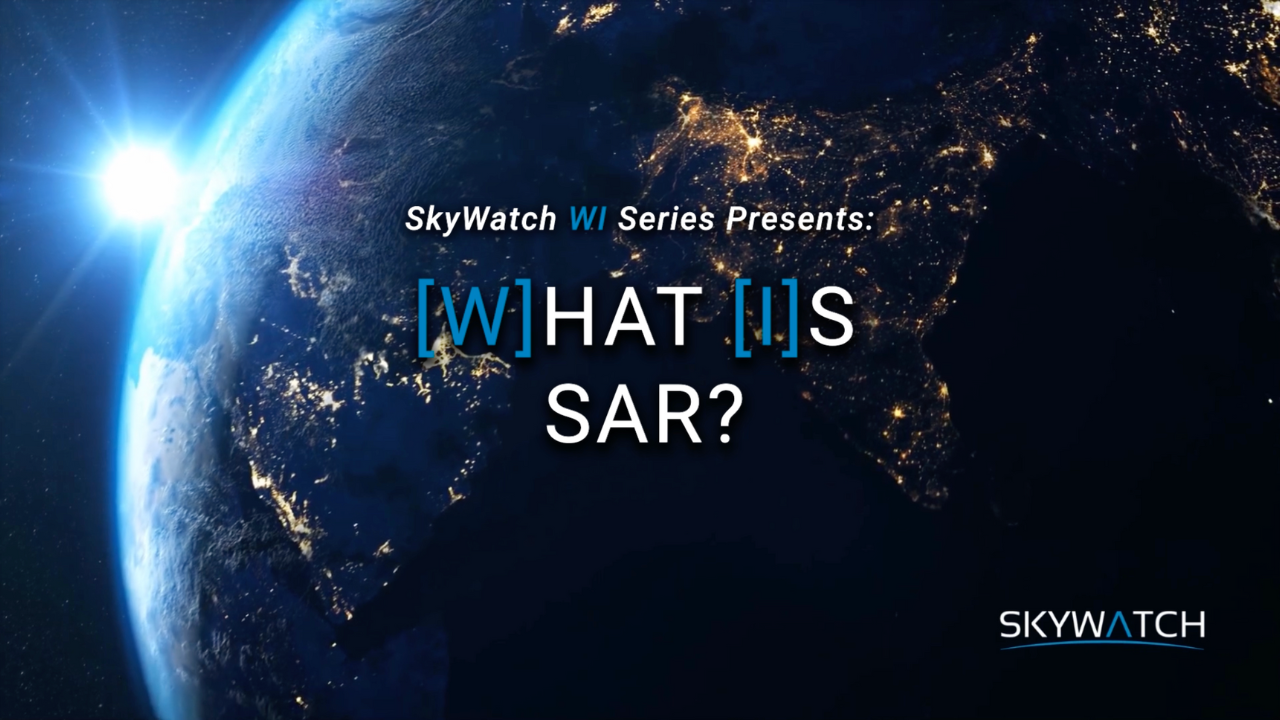
Synthetic Aperture Radar (SAR) is a specific satellite that can capture imagery in all weather conditions, day or night. SAR sends a microwave radar signal to the earth’s surface to detect physical properties.
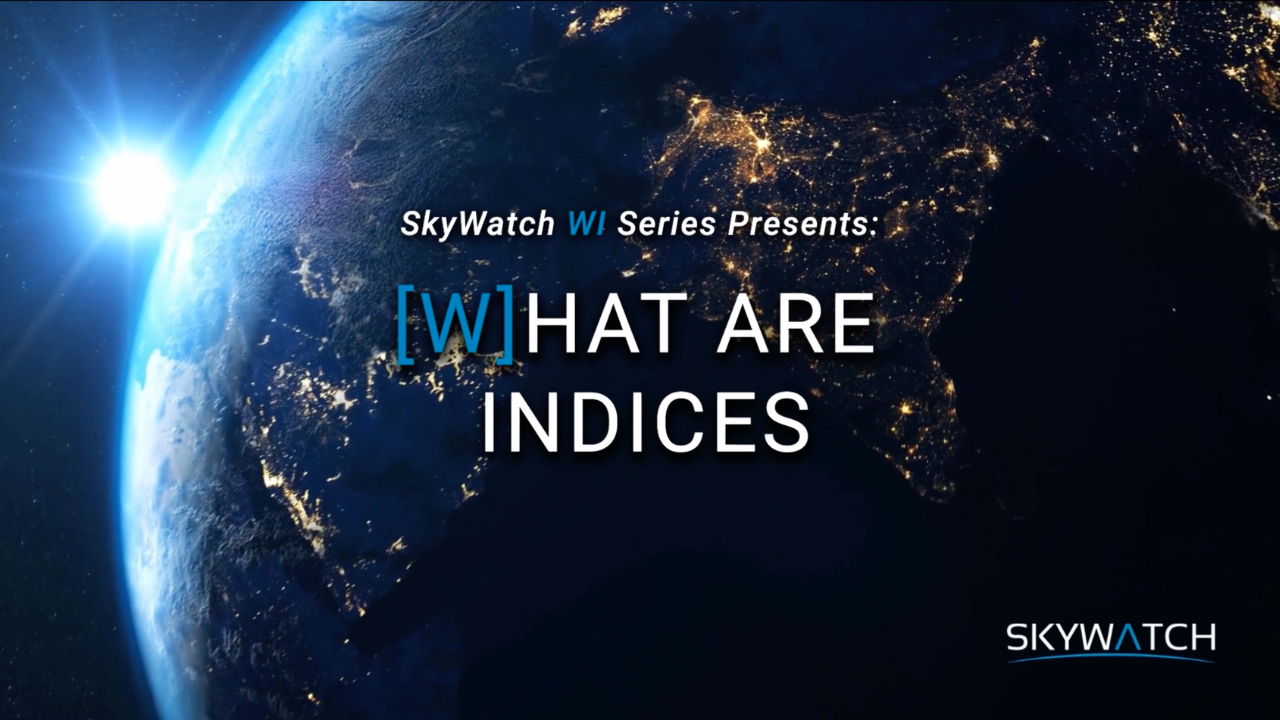
Indices are calculated using the multispectral bands. These calculations result in the outputs being in the form of an index with values between 0-1. At the same time, the indices provide additional information about the ground surface being imaged.
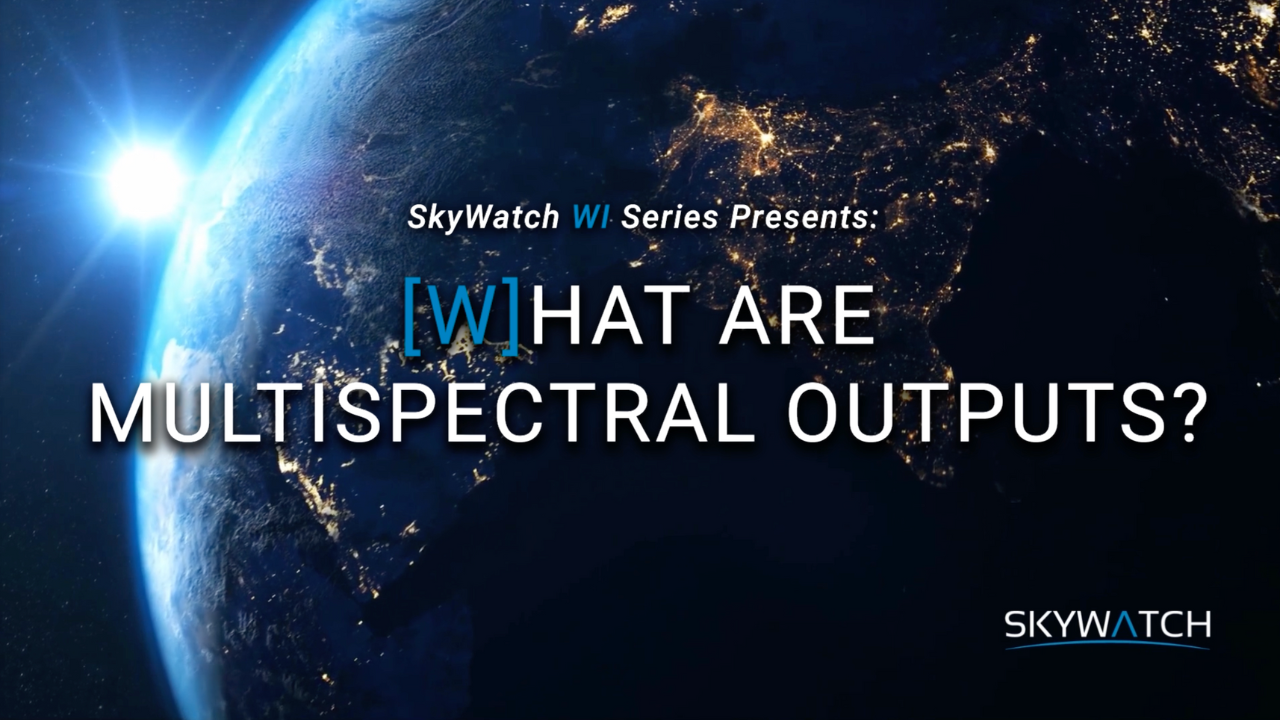
Multispectral outputs are made up of bands within the multispectral spectral ranges. The different options include true colour, false colour urban, false colour infrared, and all optical bands.
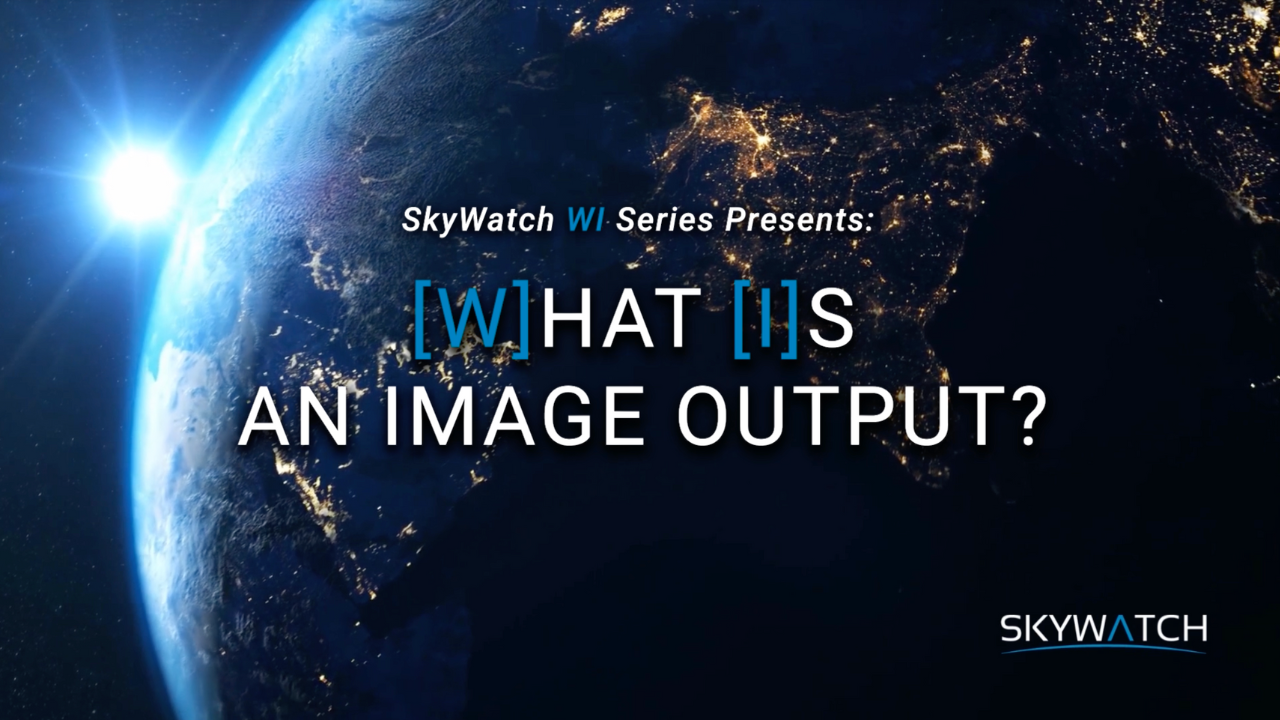
Image output is about determining the color or bands and indices you want to obtain in order to gain valuable information about your AOI.

Using a console like EarthCache, archive satellite imagery is a purchasing option for imagery that has already been collected. Archive imagery can be passively collected by satellites that constantly collect over the earth.

Tasking is the act of “ordering” new satellite imagery from a specific satellite. To task a satellite, coordinates of an area of interest (AOI), time frame and interval are sent to the satellite provider.
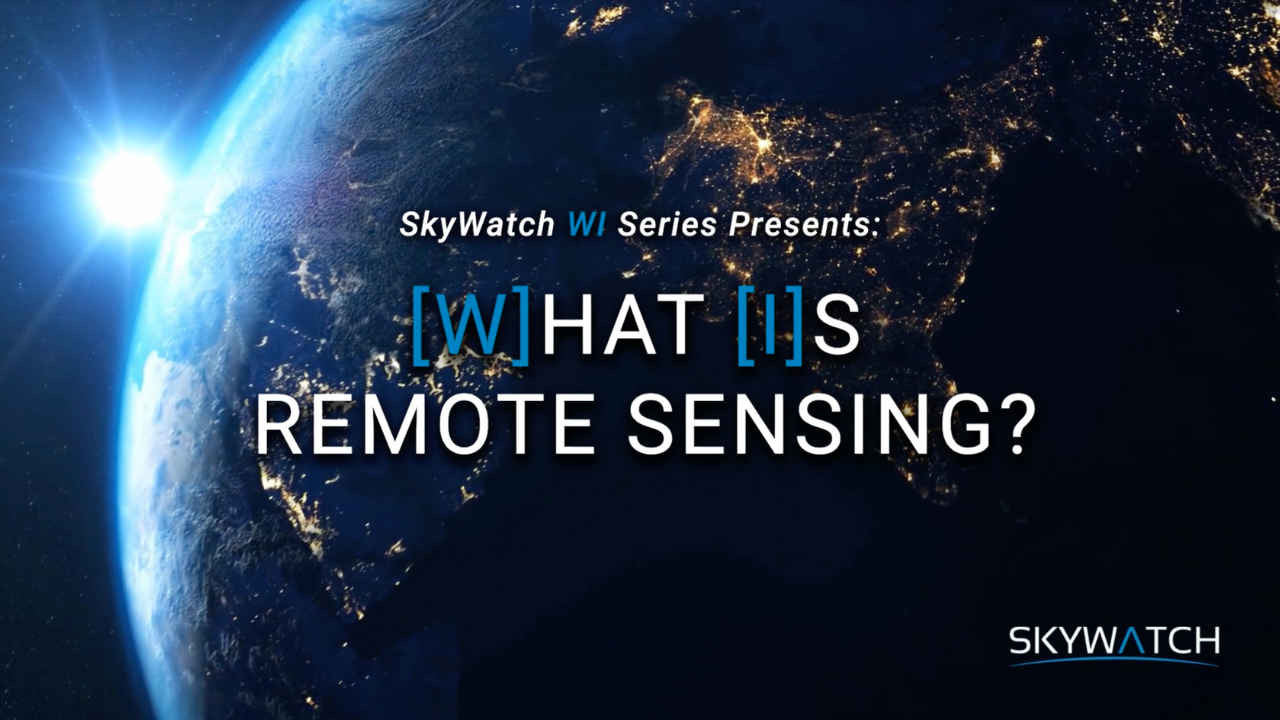
In simple terms, remote sensing is the act of detecting objects in an area and measuring their movements from space.
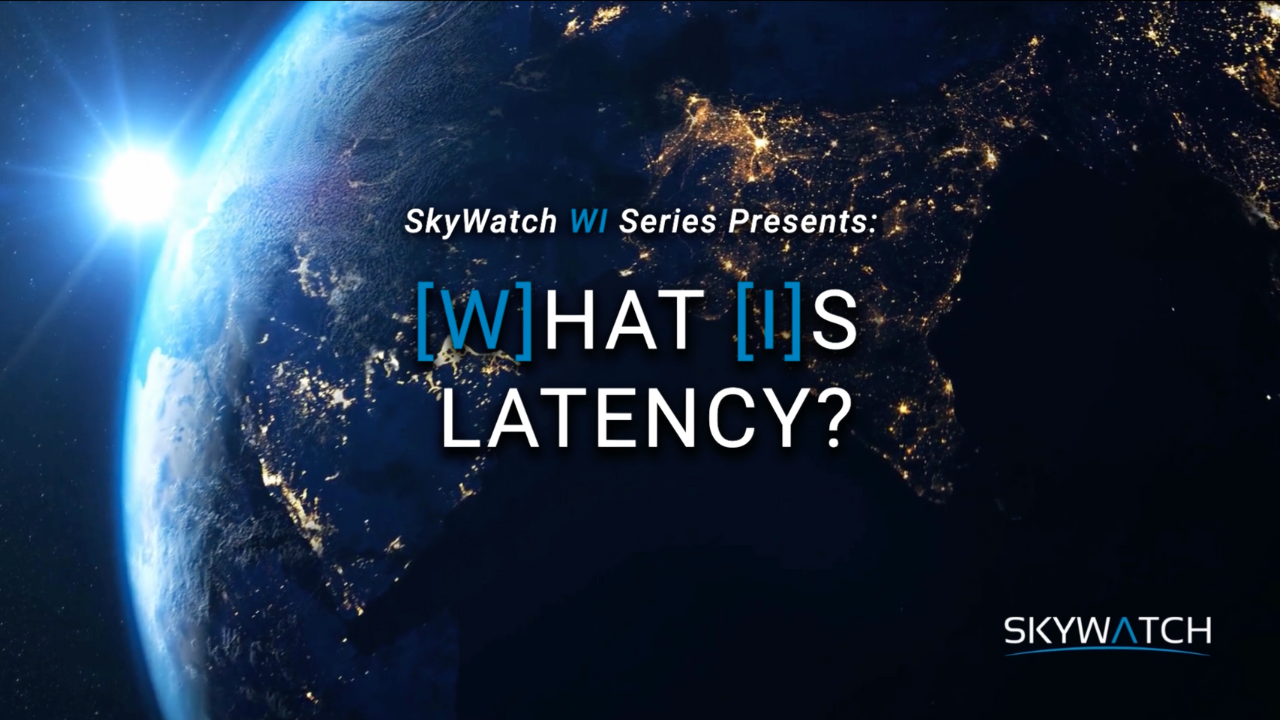
For satellite data, latency refers to the time between satellite observation and the time data is available to users.
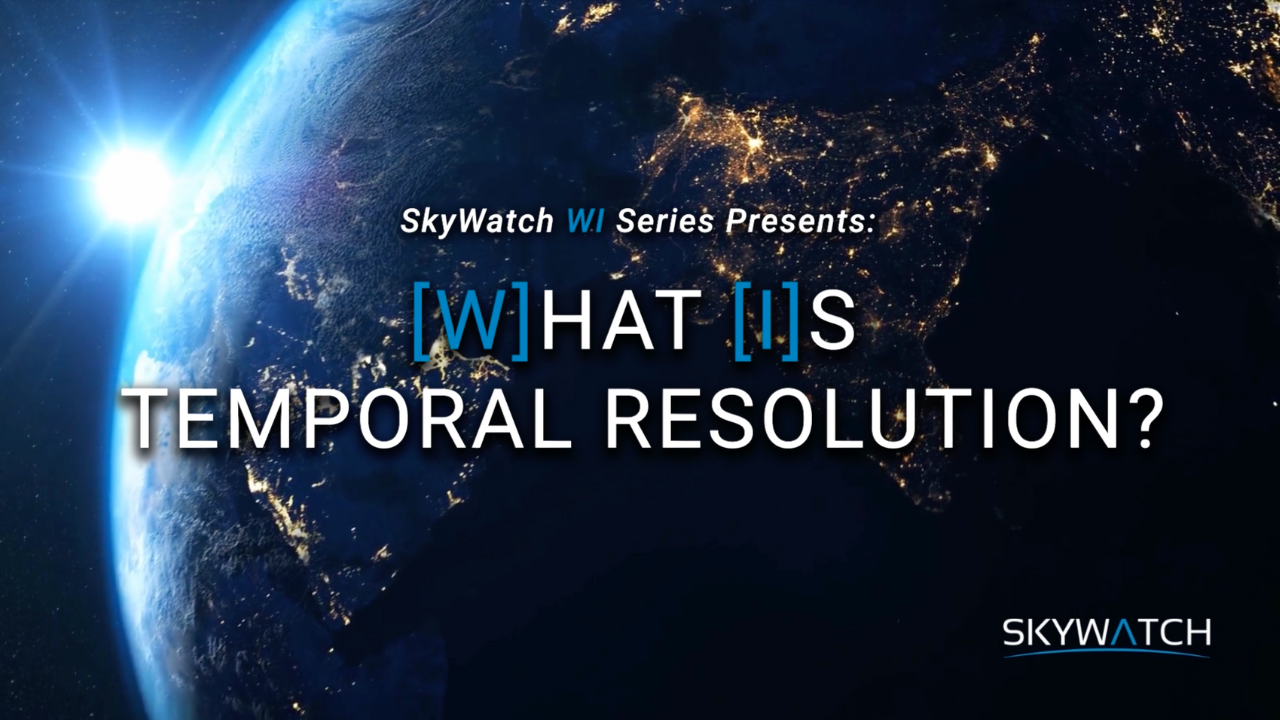
Temporal resolution, also known as re-visit rates, vary from different providers. Temporal resolution provides information on the time difference between the acquisitions of two images over the same area.
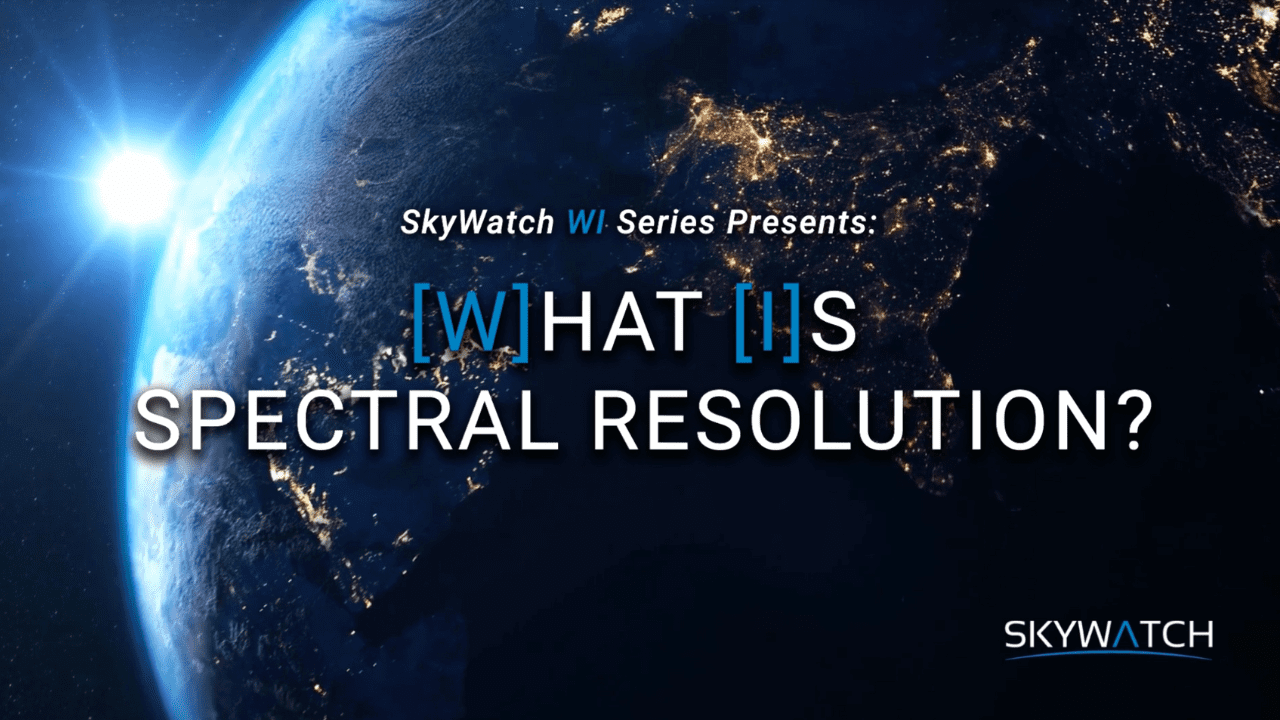
Spectral resolution is the ability of a satellite sensor to detect distinct ranges of wavelengths in the electromagnetic spectrum.
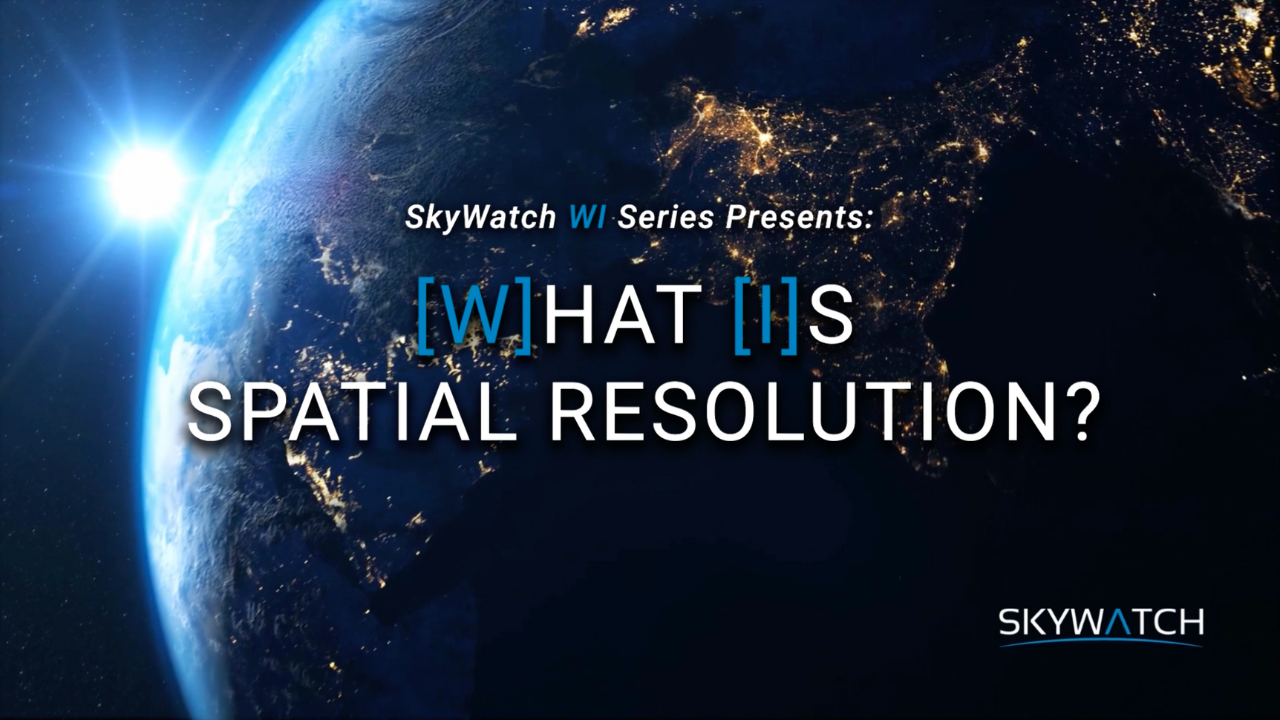
Resolution refers to the spatial resolution a data product has. Spatial resolution can be defined as the amount of data on the ground a single image pixel represents.
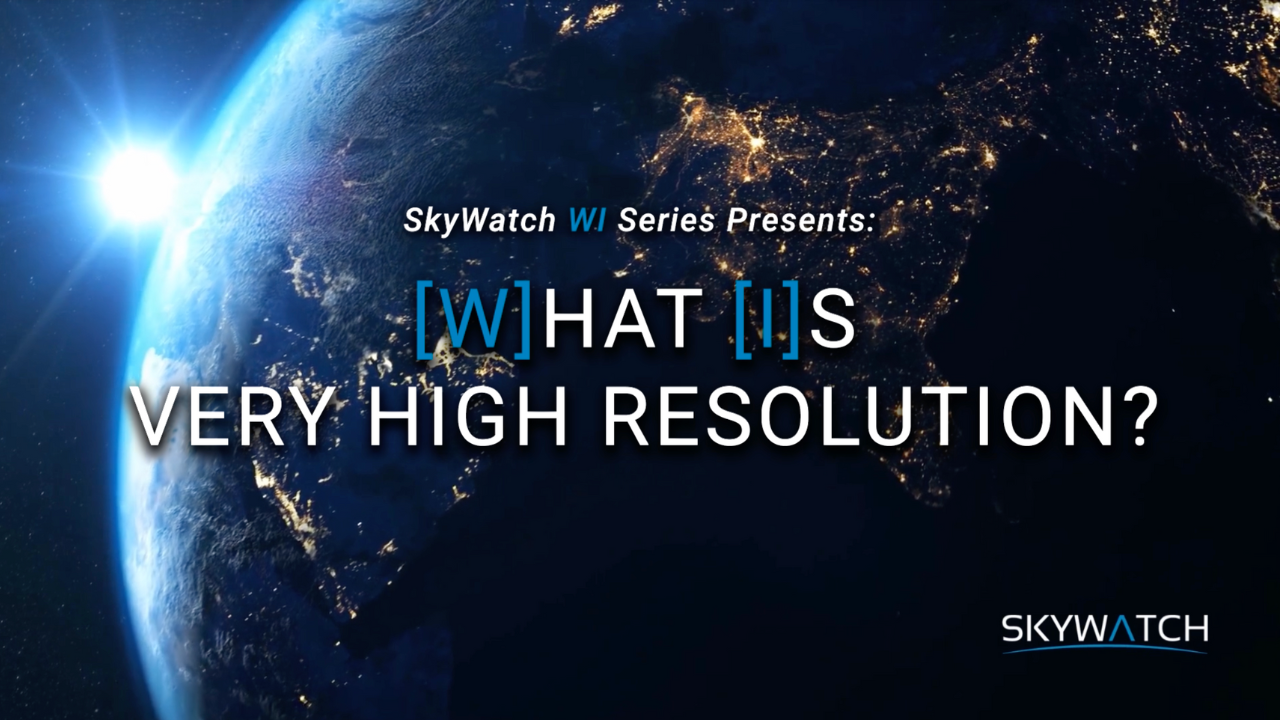
Very high resolution (VHR) refers to the spatial resolution size of a satellite image. In simple terms, the resolution type will determine the clarity of your optical image.
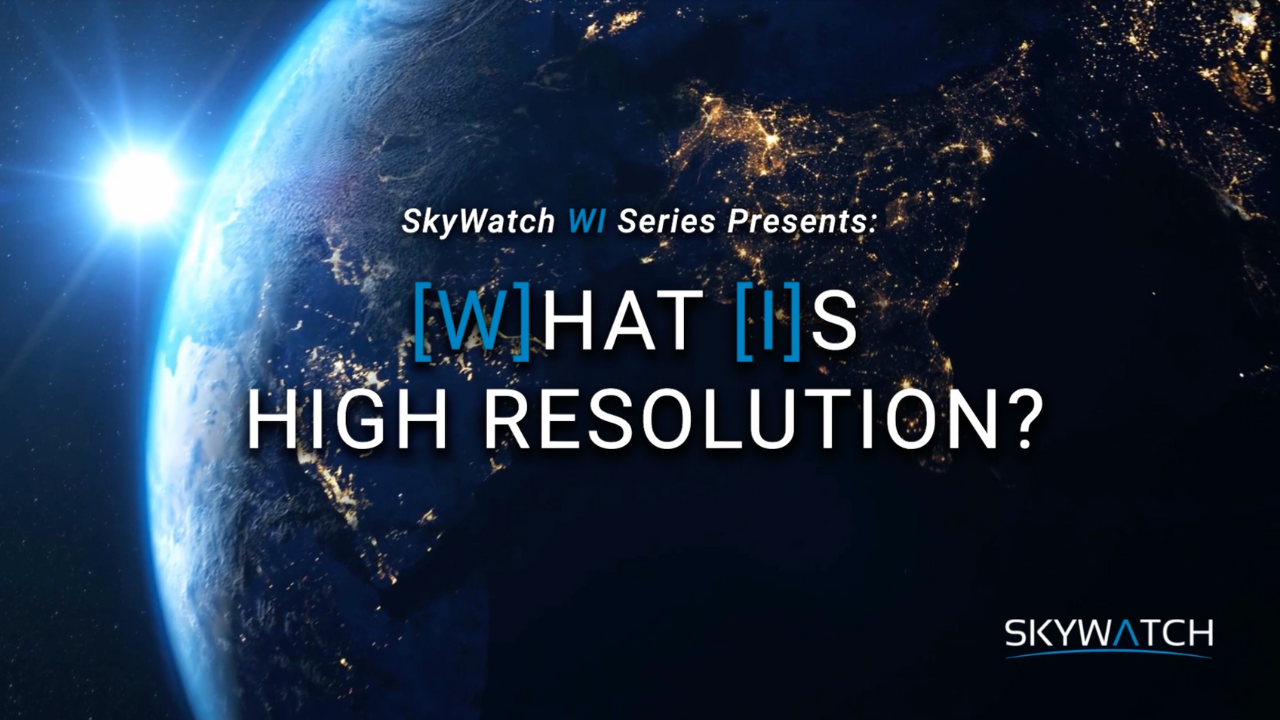
High resolution refers to the spatial resolution size of a satellite image. In simple terms, the resolution type will determine the clarity of your optical image.
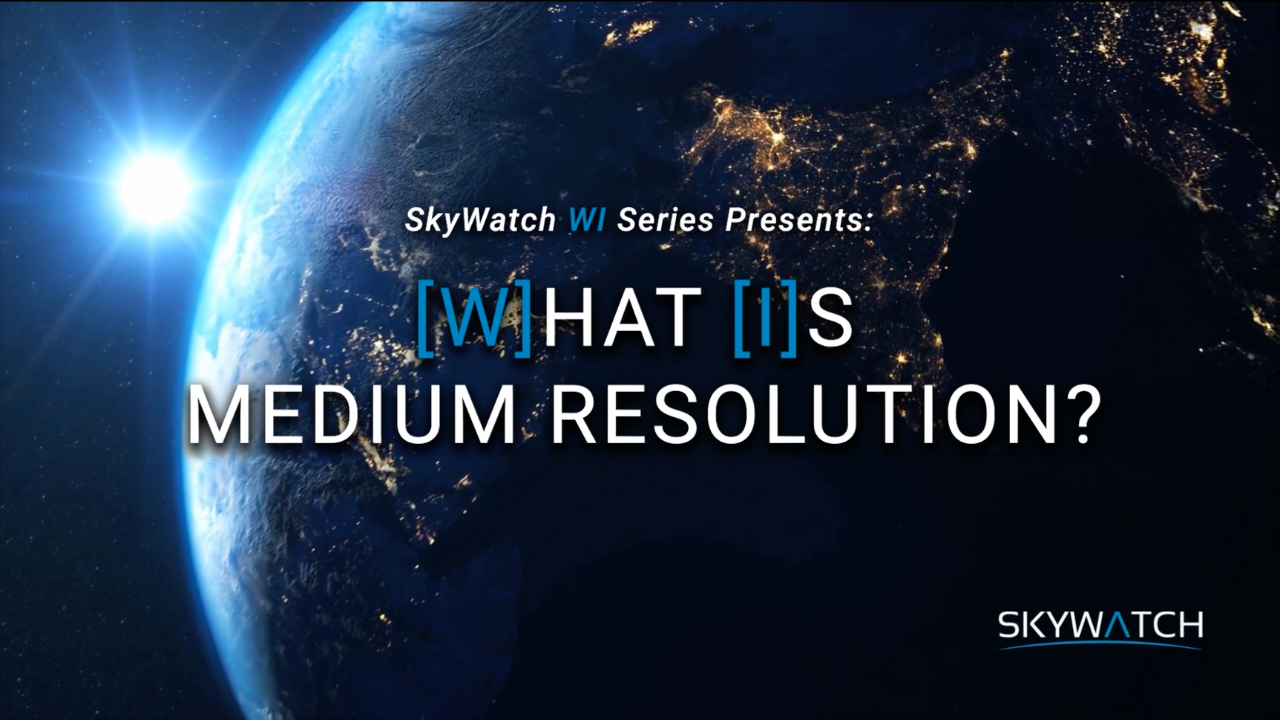
Medium resolution refers to the spatial resolution size of a satellite image. In simple terms, the resolution type will determine the clarity of your optical image.
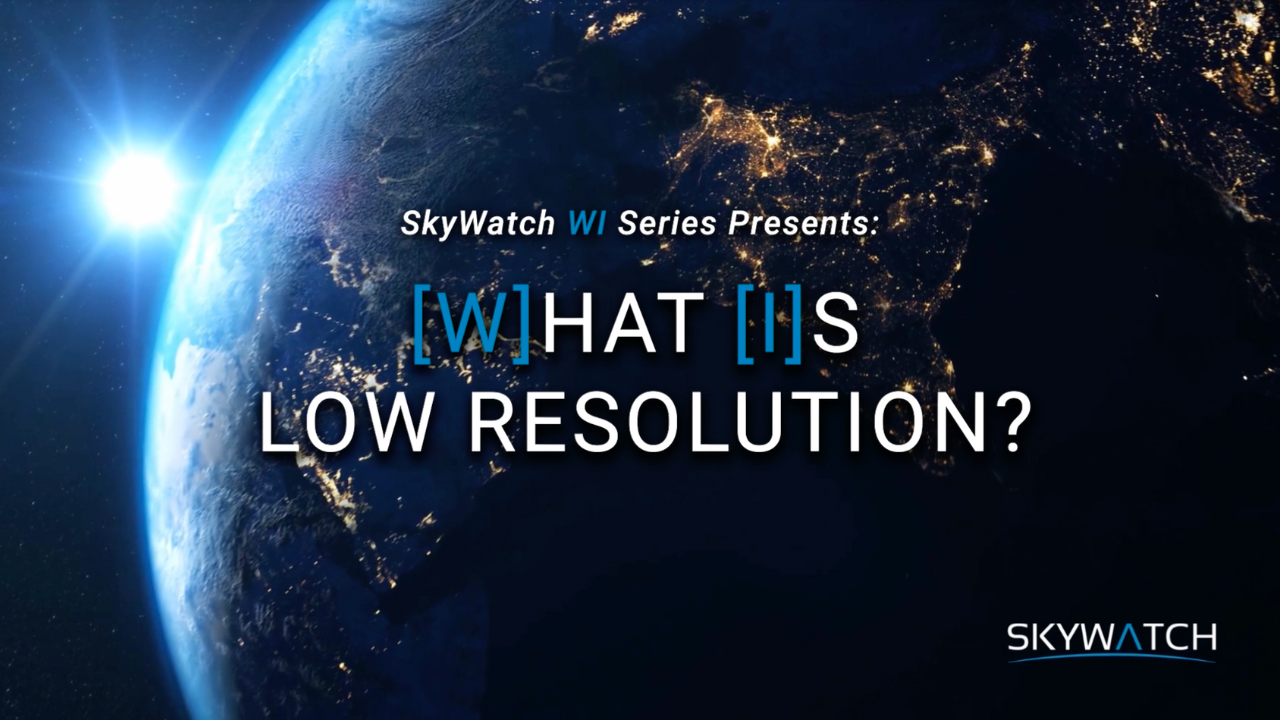
Medium resolution refers to the spatial resolution size of a satellite image. In simple terms, the resolution type will determine the clarity of your optical image.
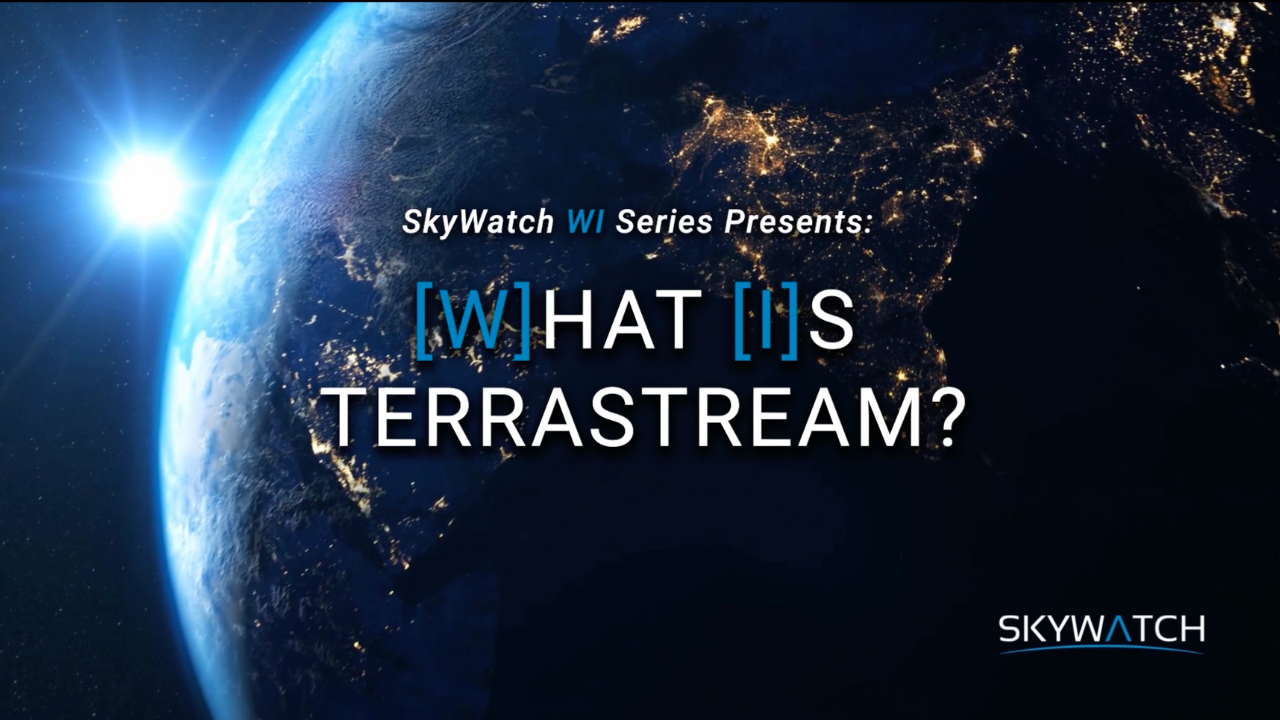
TerraStream is SkyWatch’s integrated services platform for satellite data providers.

Lorem ipsum dolor sit amet, consectetur adipiscing elit. Ut elit tellus, luctus nec ullamcorper mattis, pulvinar dapibus leo.